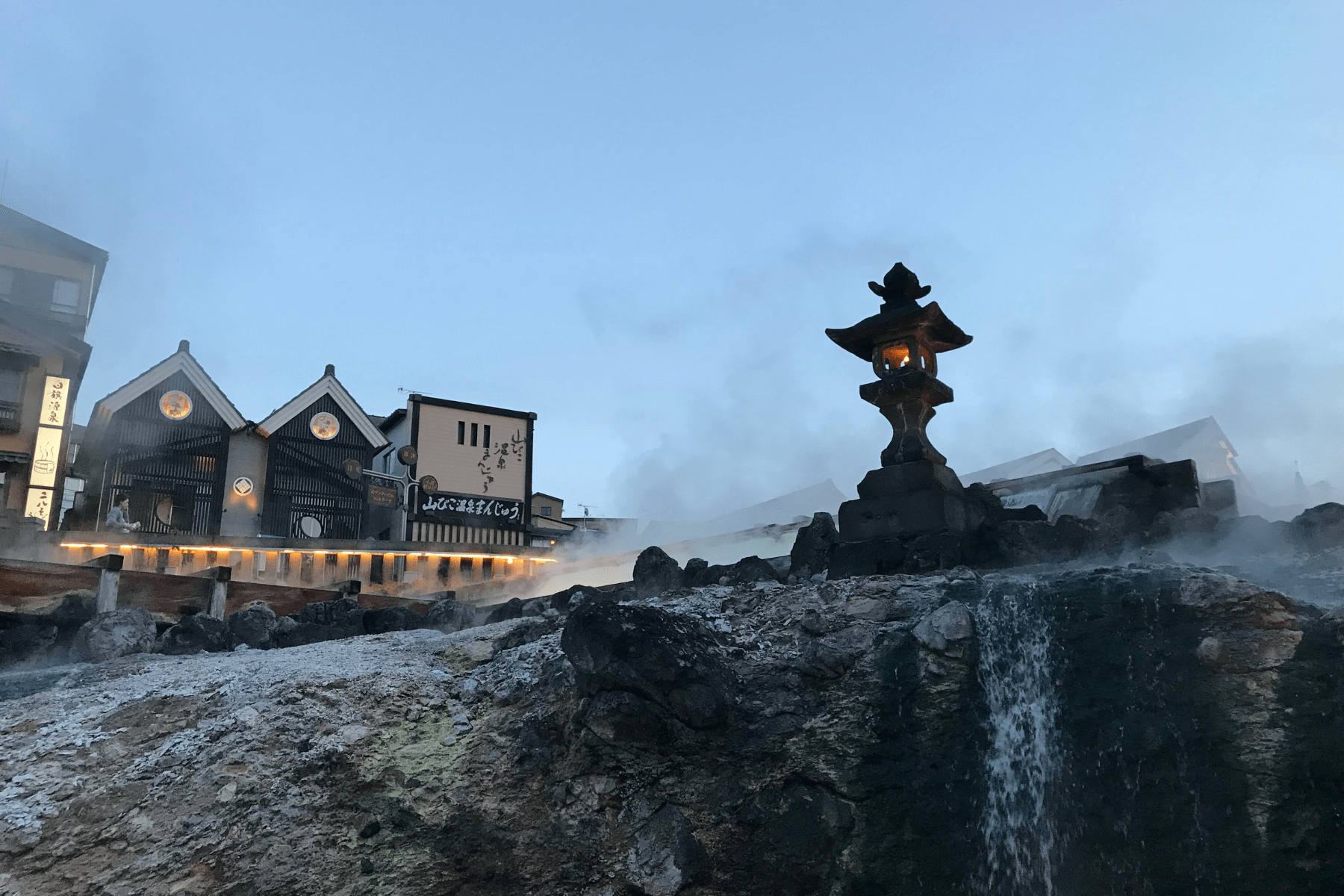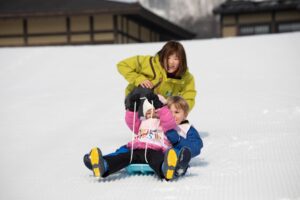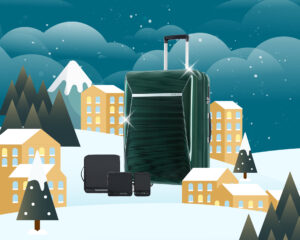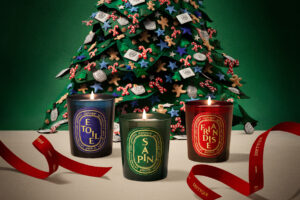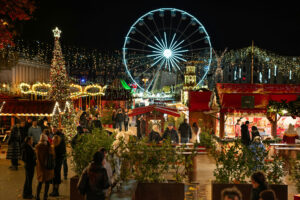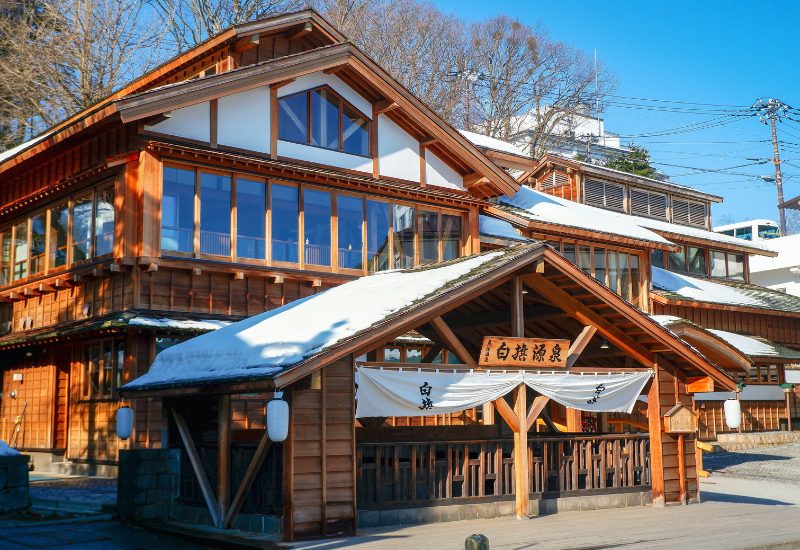When in Japan, an experience at an onsen is a must if you want to fully immerse yourself in their culture. The tradition dates back to the Edo Period in the 1600s and is still used as natural healing today. But going for onsen spas for the first time can be daunting, so we’re here to help you understand them a bit better.
What’s the difference between an onsen and a sento?
An onsen basically translates to ‘hot spring’, where spas are built around water baths that come from a natural source. Typically found in two ambiences, indoors and outdoors, the natural volcanic spring water contains beneficial minerals for our bodies. On the other hand, a sento is a man-made communal bathhouse that offers services like saunas and more.
Onsen etiquette
Hygiene
People usually soak in onsen spas completely naked. So it’s essential to maintain good hygiene while you’re in the space. You’ll be expected to fully wash and clean yourself before entering the water bath. And watch out for others while you shower to avoid splashing unintentionally at them.
Hair and towel
Onsen spas typically give you a small towel to clean yourself before getting into the bath. But note that you’re not supposed to take the towel into the bath. Anyone with long hair should also tie them up and avoid submerging them into the spring water.
Keep your eyes to yourself
It can be a little awkward if it’s your first time at an onsen. But the general rule when going to any water bath is to not look at other people. No matter how briefly you look, it can be seen as rude. So keep your eyes to yourself.
Will tattoos matter?
Due to Japanese taboos, people with tattoos were not allowed in public bathhouses back in the day. But with the change in society, it should be fine for people with tattoos to enjoy onsen spas in Japan. Just make sure to inform the staff beforehand if you have any visible tattoos.
Top onsen spots in Japan
Kusatsu Onsen
As one of Japan’s most well-known hot spring resorts, Kusatsu Onsen is blessed with abundant high-quality hot spring water that is said to treat all ailments. At 1200 metres above sea level in the Gunma Prefecture mountains, Kusatsu provides skiing in the winter and hiking in the summer, both of which can be enjoyed alongside soaking in hot springs.
Beppu Onsen
In addition to having an abundance of thermal waters, Beppu also offers a wide variety of bathing options, which sets it apart from other onsen resorts. Beppu has mud baths, which are essentially muddy hot water pools, steam baths, which are heated by the steam from a hot spring, and sand baths, where bathers are submerged in the naturally warm sand.
Yufuin Onsen
Roughly 10 kilometres from Beppu is Yufuin Onsen, where you can find art museums, cafes, and boutiques alongside hot spring baths. Mount Yufu, with its twin peaks, dominates the skyline of Yufuin and provides the backdrop to a number of picturesque scenes. There are also rice paddies and farm cottages to explore in the town.
Photos by Unsplash.




